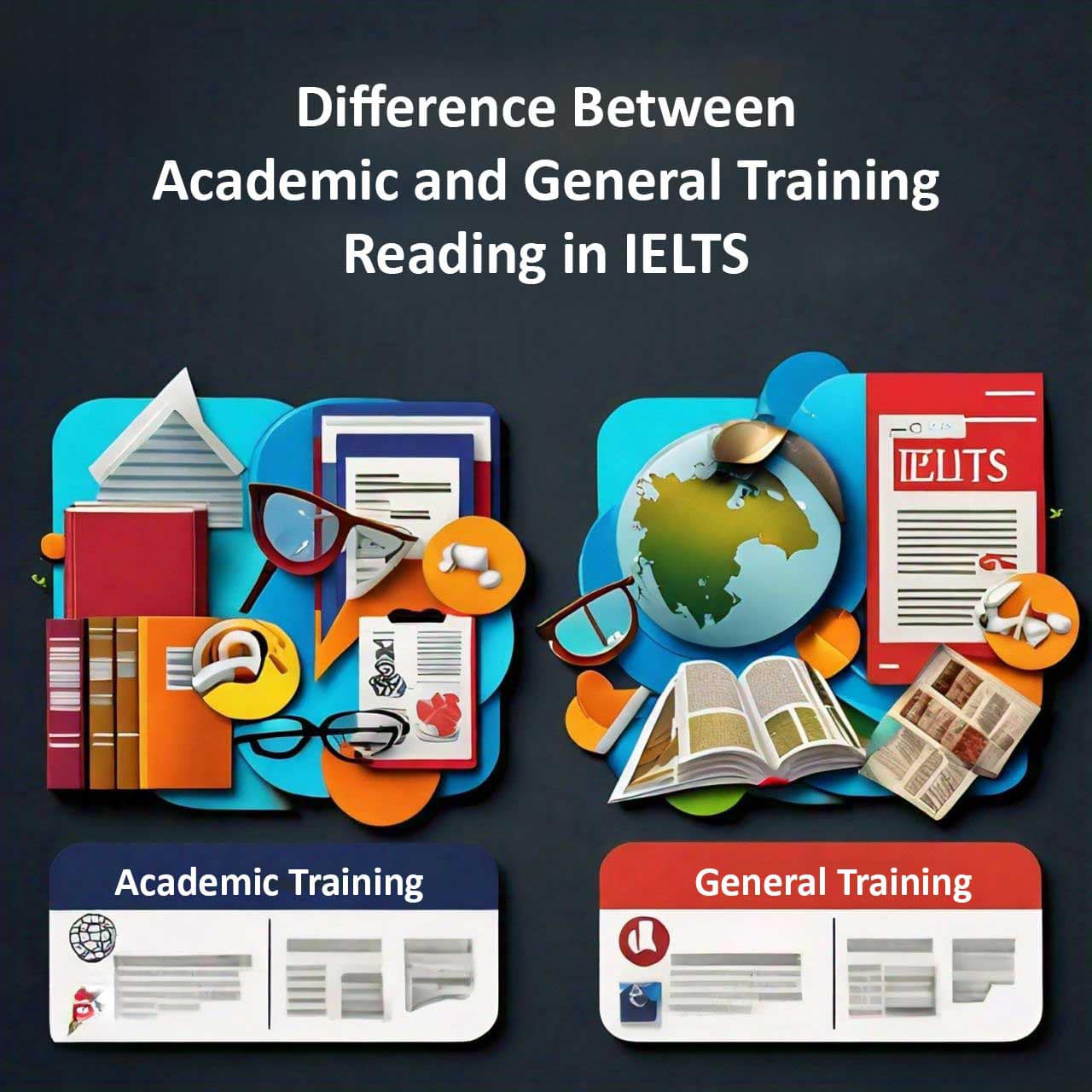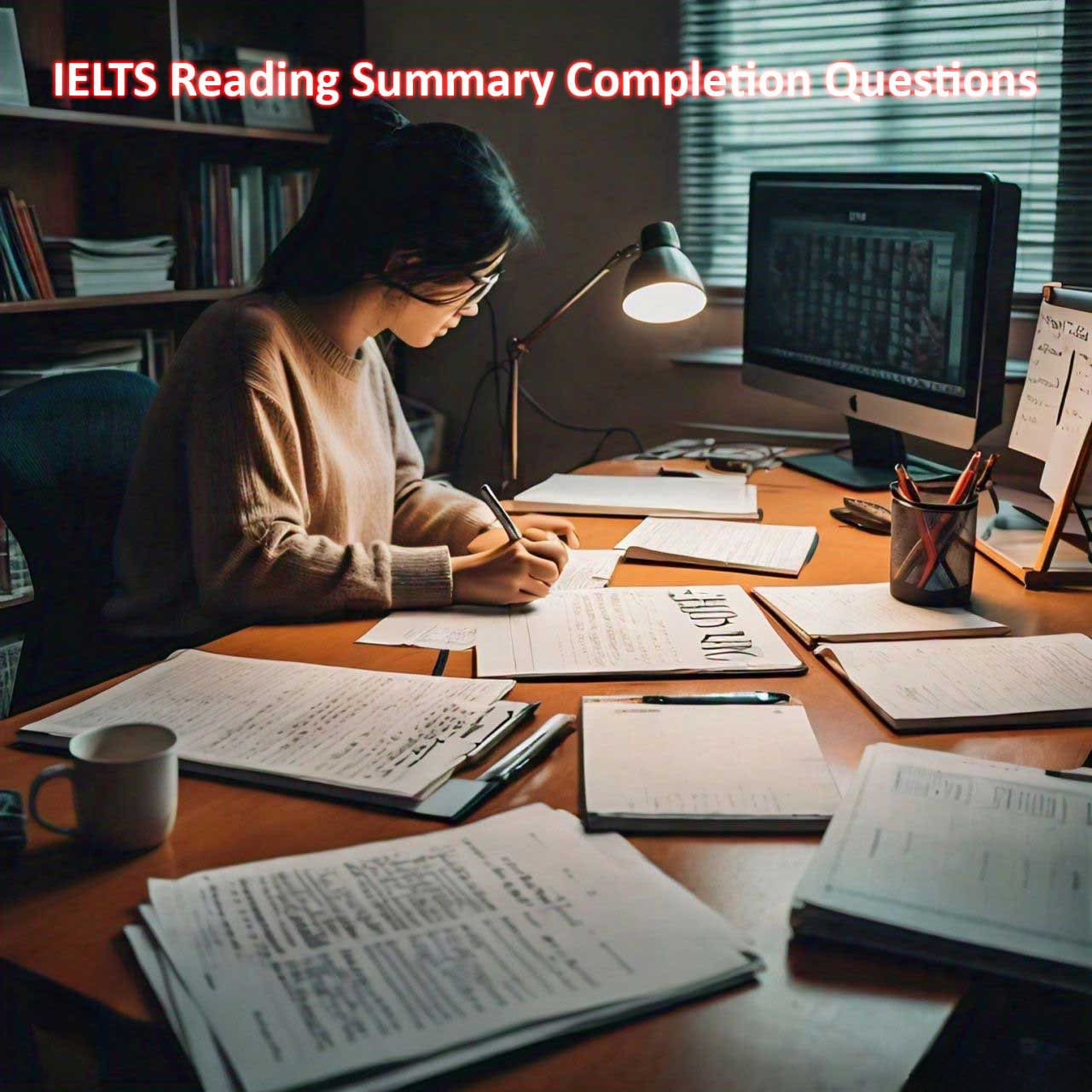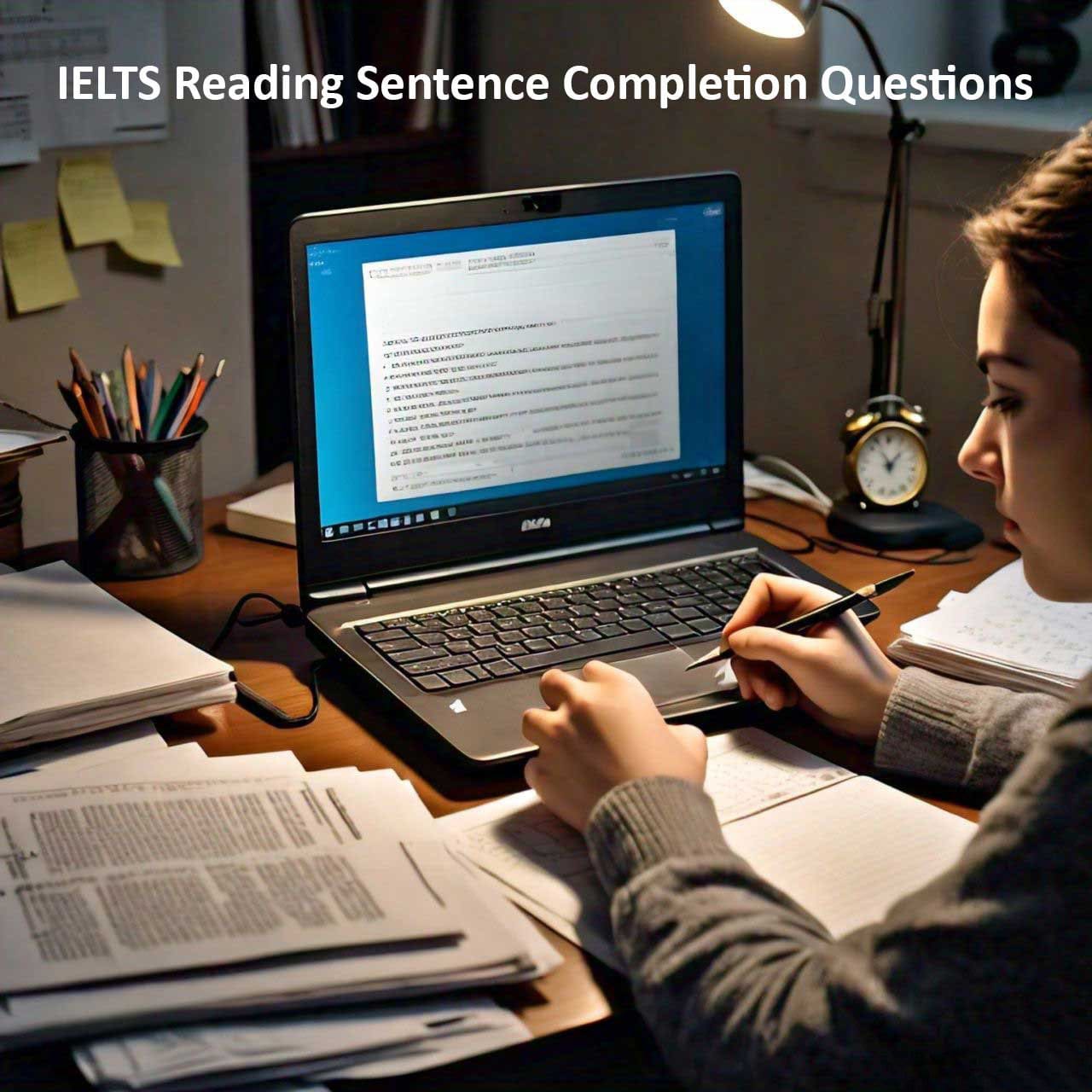The IELTS exam offers two versions: Academic and General Training. While both versions assess the four key language skills—listening, reading, writing, and speaking—the reading sections of these tests are tailored to meet the specific needs of their respective candidates. Understanding the differences between Academic and General Training Reading is crucial for effective preparation and achieving a high score. This blog post will explore the key distinctions between the two versions, focusing on content, structure, and question types.
Table of Contents
Purpose and Target Audience
The primary purpose of the IELTS Academic Reading test is to evaluate whether candidates are ready to begin studying in an English-speaking environment, particularly at the undergraduate or postgraduate level. It targets students and professionals who need to understand complex texts and scholarly articles.
In contrast, the General Training Reading test is designed for individuals who are moving to English-speaking countries for secondary education, work experience, training programs, or migration. This version assesses everyday English skills needed for social and workplace contexts.
Content and Text Types
Academic Reading:
– Texts: The reading passages in the Academic version are taken from books, journals, magazines, and newspapers. These texts are typically more challenging and deal with academic topics.
– Complexity: The language is formal and sophisticated, often involving detailed explanations, arguments, and analyses.
– Topics: The subjects are varied, including areas such as science, history, sociology, and technology, reflecting the type of material one might encounter in a university setting.
General Training Reading:
– Texts: The passages in the General Training version are sourced from everyday materials like advertisements, guides, brochures, notices, and magazines. The texts are designed to reflect social and workplace situations.
– Simplicity: The language is more accessible and straightforward, focusing on practical, real-life situations.
– Topics: Topics are practical and relevant to daily life, such as applying for a job, understanding public notices, or navigating housing information.
Structure and Sections
Both versions consist of three sections, but the nature of these sections varies:
Academic Reading:
– Section 1: One long text that provides factual information.
– Section 2: Another long text, often presenting more complex ideas or arguments.
– Section 3: The final text is the most challenging, featuring dense and abstract academic content.
General Training Reading:
– Section 1: Two or three short texts related to everyday life, such as notices, advertisements, or timetables.
– Section 2: Two texts related to work or training contexts, such as job descriptions, contracts, or workplace policies.
– Section 3: One longer, more detailed text on a general interest topic, similar in complexity to the texts in the Academic version but still within the realm of everyday understanding.
Question Types
Both the Academic and General Training Reading tests include a variety of question types designed to assess different reading skills. These question types include:
– Multiple Choice: Selecting the correct answer from a list of options.
– Identifying Information (True/False/Not Given): Determining if statements match the information in the text.
– Identifying Writer’s Views/Claims (Yes/No/Not Given): Deciding if the writer’s views or claims are present in the text.
– Matching Information: Matching specific information to sections of the text.
– Matching Headings: Linking headings to the correct paragraphs or sections.
– Matching Features: Matching a list of features to the correct items in the text.
– Matching Sentence Endings: Completing sentences by choosing the correct endings.
– Sentence Completion: Filling in the gaps in sentences using words from the text.
– Summary, Note, Table, Flow-Chart Completion: Completing summaries, notes, tables, or flow-charts with information from the text.
– Diagram Label Completion: Labeling a diagram based on the text.
– Short-Answer Questions: Answering questions using words from the text.
Preparation Tips
1. Understand the Test Format: Familiarize yourself with the specific requirements and structure of the test you will be taking.
2. Practice Regularly: Use official IELTS practice materials to get accustomed to the types of texts and questions you will encounter.
3. Improve Reading Skills: Read a variety of texts in English, including academic articles, magazines, and everyday materials, depending on your test version.
4. Expand Vocabulary: Build a broad vocabulary to help you understand a wide range of topics and contexts.
5. Develop Skimming and Scanning Techniques: Learn to quickly identify key information and main ideas in texts to manage your time effectively during the test.
6. Work on Time Management: Practice completing reading sections within the time limit to ensure you can answer all questions.
Conclusion
Understanding the differences between the Academic and General Training Reading tests is essential for effective preparation and success in the IELTS exam. By recognizing the distinct content, structure, and question types of each version, candidates can tailor their study strategies to meet the specific demands of their test. With dedicated practice and a clear understanding of the test format, you can approach the IELTS Reading section with confidence and achieve the score you need.



